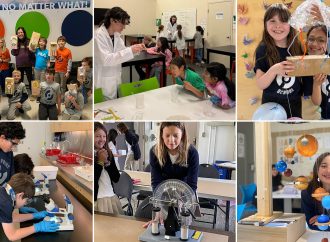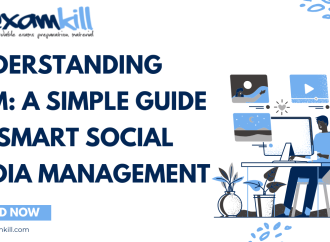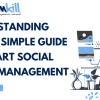Introduction: In the complex realm of academia, maintaining academic integrity is paramount. Yet, instances of cheating can elude even the most vigilant educators. In this article, we unveil the often-overlooked indicators of academic dishonesty through heartfelt testimonies. By delving into real-life experiences, we aim to shed light on the subtle signs that may be indicative
Introduction:
In the complex realm of academia, maintaining academic integrity is paramount. Yet, instances of cheating can elude even the most vigilant educators. In this article, we unveil the often-overlooked indicators of academic dishonesty through heartfelt testimonies. By delving into real-life experiences, we aim to shed light on the subtle signs that may be indicative of cheating, fostering a more vigilant and integrity-driven educational environment.
The Unusual Confidence Surge: A Tale of Unexplained Certainty
In the hindsight of those who have encountered academic dishonesty, a common thread emerges—the sudden and unexplained surge in a student’s confidence. Testimonies reveal instances where students who were previously uncertain about their answers suddenly exuded unwarranted assurance during exams. This newfound confidence, when unaccompanied by a corresponding improvement in understanding, may be a red flag signaling potential cheating.
Whispered Conversations: The Silent Conduits of Deception
In the quiet corners of classrooms, whispered conversations can be easily dismissed as innocent exchanges between students. However, testimonies emphasize the significance of paying attention to the tone and urgency of these hushed discussions. Unexplained whispering during exams or assignments may be an indicator of collaboration, urging educators to remain vigilant in monitoring these subtle interactions.
Unusual Patterns of Eye Movement: The Eyes Speak Volumes
As students navigate through exams or assessments, their eye movements can inadvertently reveal more than words. Real-life experiences underscore the importance of observing unusual patterns, such as frequent glances towards a neighboring desk or a persistent focus on specific sections of a paper. These subtle cues may provide insights into a student’s reliance on external aids or collaboration.

Image by: https://www.talkspace.com/blog/types-of-anger/
Inexplicable Knowledge Leaps: A Quantum Leap in Understanding
Testimonies often recount instances where students exhibit sudden leaps in knowledge, mastering concepts far beyond their demonstrated abilities in previous assessments. While academic growth is natural, the abrupt acquisition of advanced knowledge without commensurate effort or visible study habits may be an overlooked indicator of academic dishonesty.
Drastic Changes in Handwriting: An Unseen Transformation
In the handwritten realm of examinations, subtle changes in handwriting may escape notice but can tell a revealing story. Real-life stories recount situations where a student’s handwriting undergoes inexplicable alterations, raising questions about the authenticity of the work. This testimony serves as a reminder for educators to be attentive to seemingly minor details that may point to potential misconduct.
Discrepancies in Response Time: The Time-Telling Telltale
During timed assessments, the speed at which students complete their work can provide valuable insights. Testimonies emphasize the need to watch for sudden and unexplained discrepancies in response times. A student who consistently completes tasks significantly faster than their usual pace may be relying on external aids or, potentially, collaborating with others.
Overuse of Complex Vocabulary: The Language of Deception
An unexpected surge in the use of complex vocabulary or sophisticated language may catch the attention of educators. Testimonies reveal instances where students, previously struggling with language proficiency, submit work that seems incongruent with their demonstrated abilities. This incongruity may be indicative of plagiarism or external assistance.
Excessive Nervousness or Unusual Calm: The Emotional Rollercoaster
Real-life experiences highlight the role of emotions in identifying potential cheating. Excessive nervousness, such as fidgeting, avoiding eye contact, or sweating, can be telltale signs. Conversely, an unusual calmness in a typically anxious student may indicate a confidence rooted in external support or deceptive practices.
Consistent Mirroring: Echoes of Dishonesty
Testimonies underscore the importance of recognizing consistent mirroring across students’ work. When multiple students submit eerily similar answers or solutions, even if technically correct, it may signal a shared source of information. This consistency, when not aligned with collaborative assignments, should prompt educators to investigate further.
Conclusion:
Heartfelt hindsight from those who have encountered academic dishonesty serves as a powerful guide for educators. By acknowledging and understanding these often-overlooked indicators, we empower ourselves to create a more vigilant and integrity-driven educational environment. As we navigate the complex landscape of academia, let these testimonies serve as beacons, illuminating the subtle signs that may betray the presence of deception and guiding us towards a culture of unwavering academic integrity.























Leave a Comment
Your email address will not be published. Required fields are marked with *